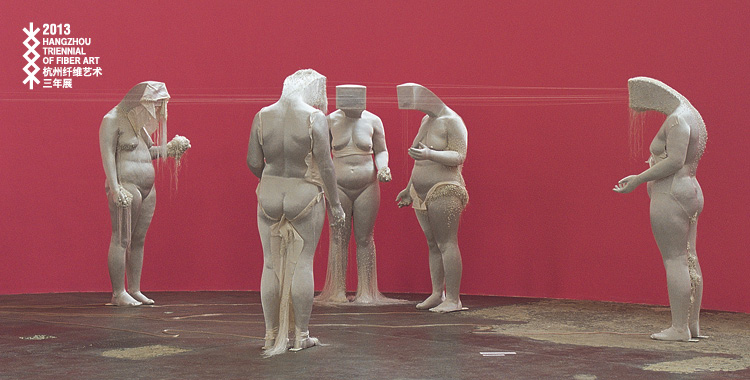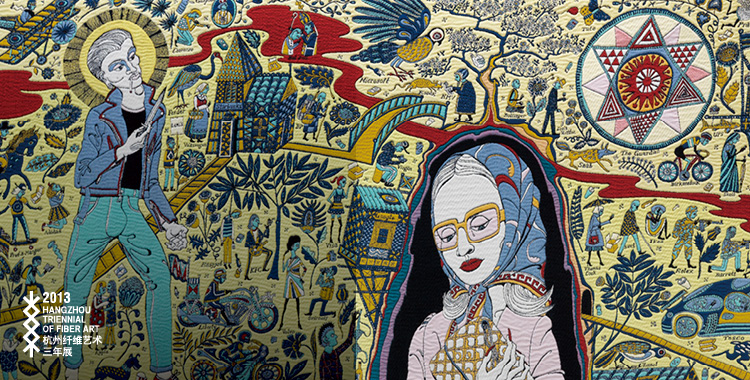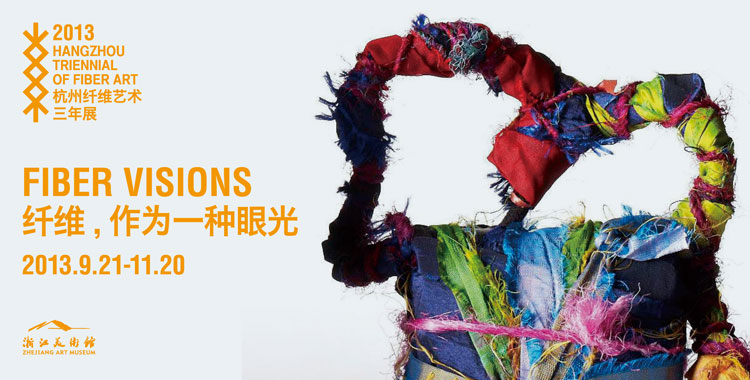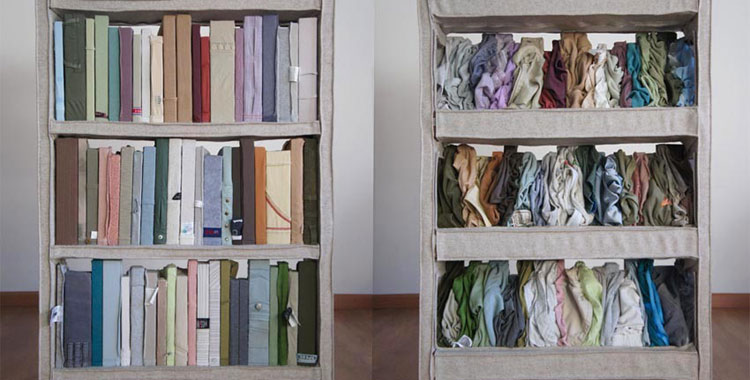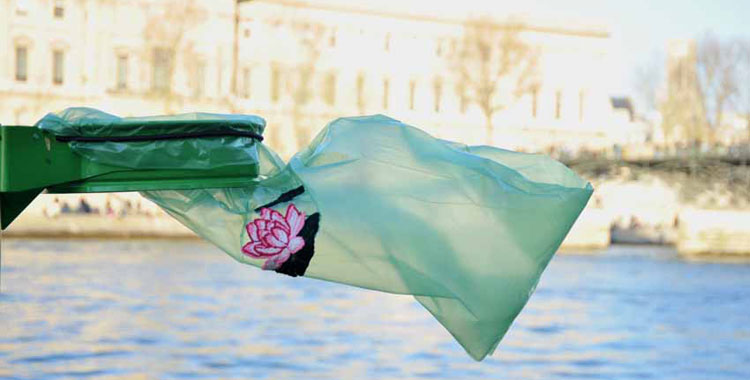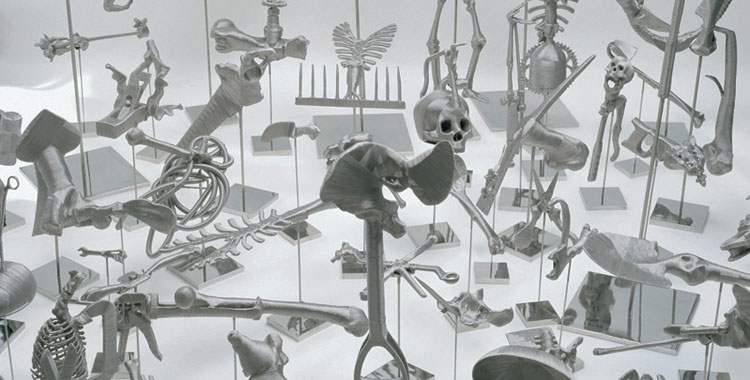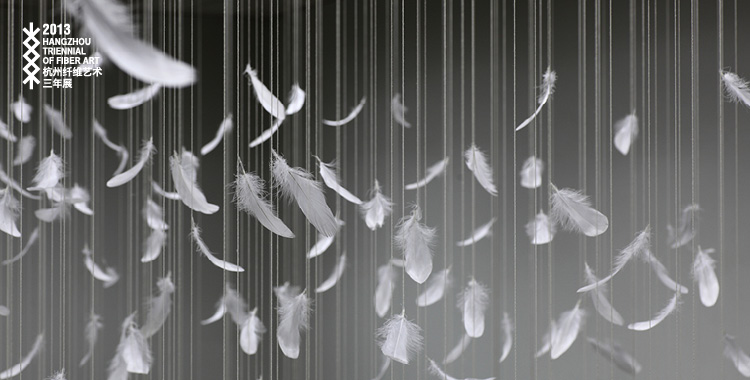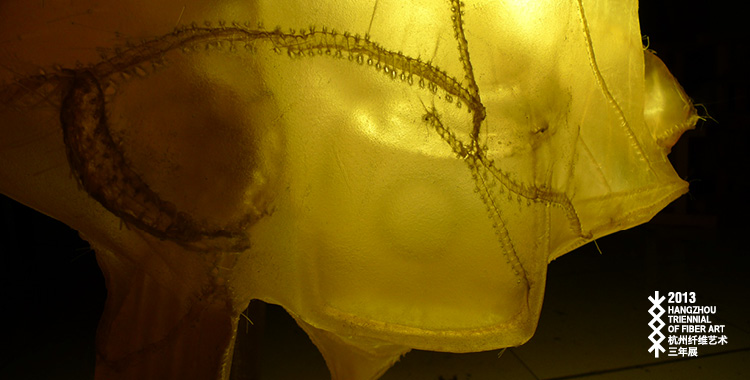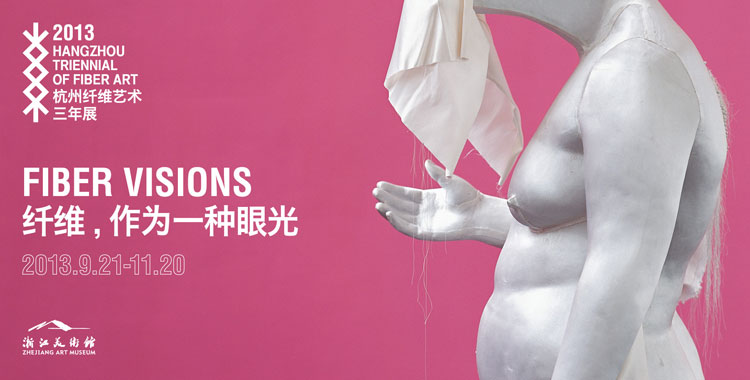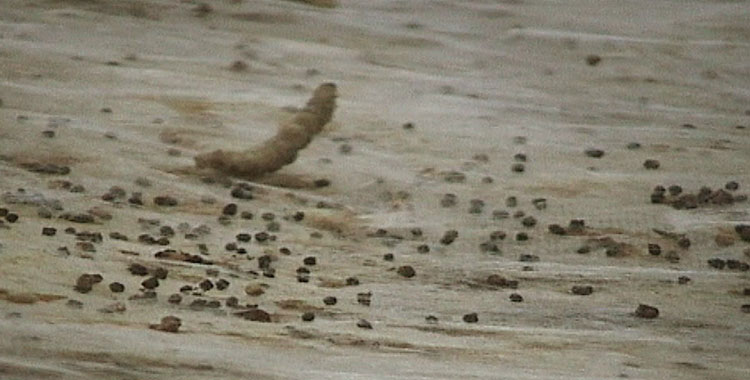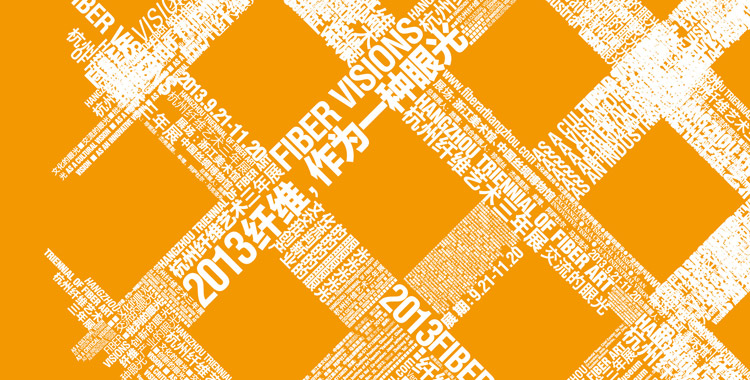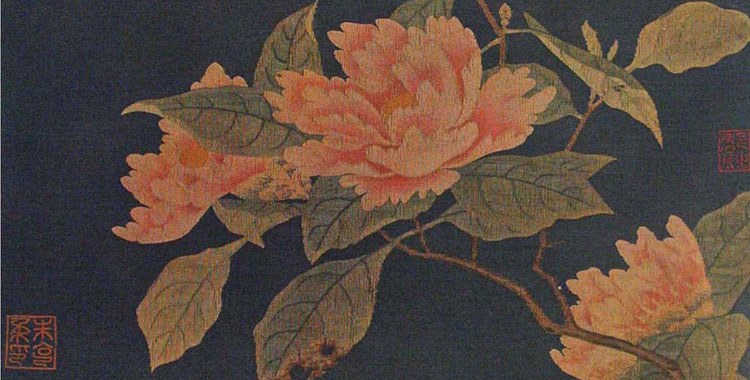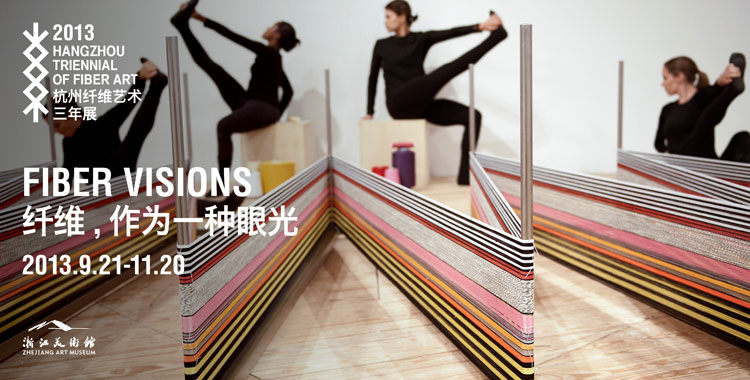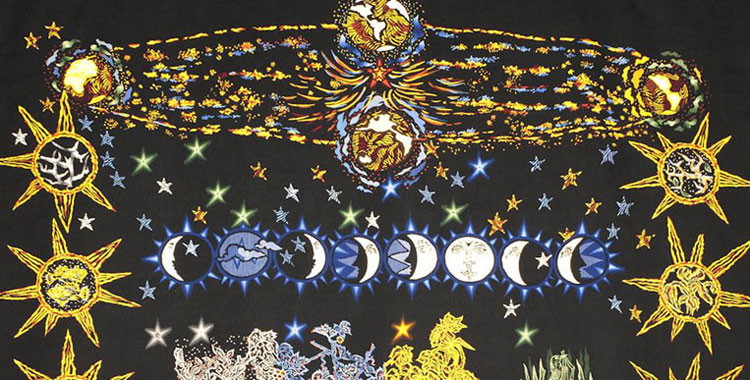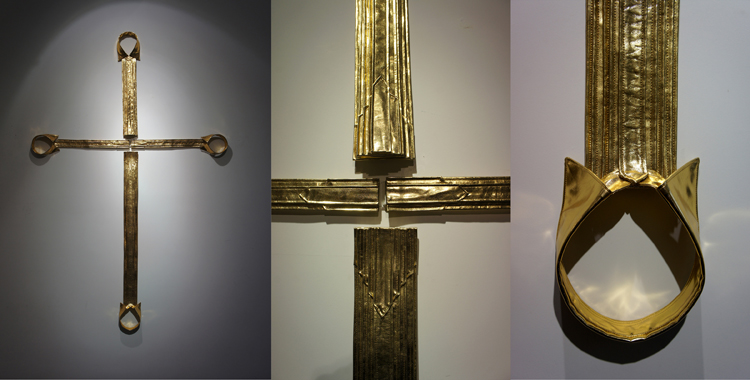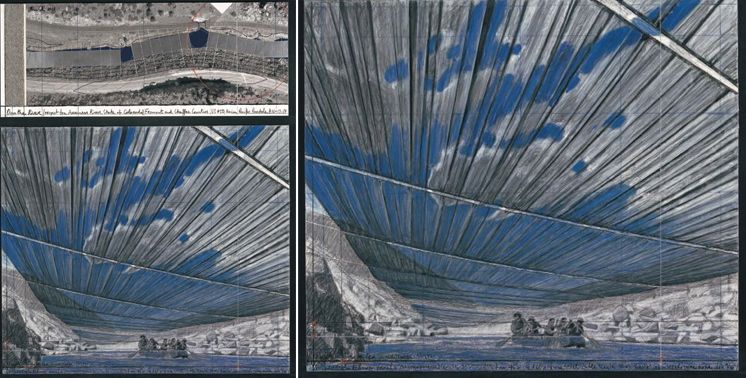2025年12月27日 星期六
Sheila Hicks
Born in Hastings, Nebraska in 1934 and a resident of Paris since 1964, Hicks is a pioneering figure noted for small woven works and public commissions whose structures are built of color and texture.
From 1954 to 1959 she studied at Yale University under Josef Albers, she had learnt weaving from Annie Albers, who taught her the method of the Bauhaus textile class; justice to the material; harmony of material, design and technique. Her first interest was in Pre-Columbian Peruvian textiles and traditional techniques. She was one of the first weavers to introduce to modern textile art the ‘wrapping’, i.e. the wrapping of threads and tubes – a technique she learnt during her stay with the ‘Indios’. Hicks’ early work of the 1960s was at the forefront of experimentation in sculpture.
Hicks’s self-described practice of “linear thinking” and “composing texture” reflects the Bauhaus tradition of finding the expressive voices of different materials and the dynamic interactions of color.
Statement
"…Weavings are as permanent as material as wood or bricks or metal, their only enemy is glue – sometimes used to hold the fibers in place – and direct sunlight… One thing is sure, a fiber artist had better know the difference between ample and heavy – between graceful and hefty."
What is fiber art?
It’s an expression that comes to use in the 1960’s. The art critics said “There is a proliferation of this type of art emerging, and we haven’t had the terminology. We don’t know what it is.’ / One article/ said it was ‘when tapestry leapt off the wall,’ which was kind of fun because everyone knew what tapestry was for centuries.
From the interview by Lauren Dunn; posted Wednesday, November 23, 2011


